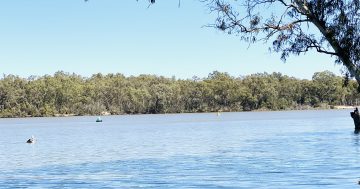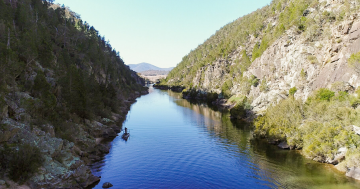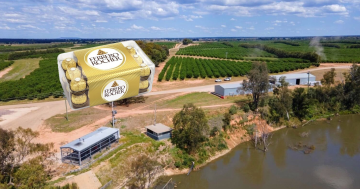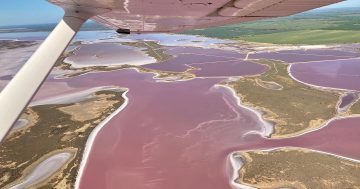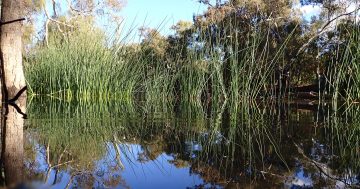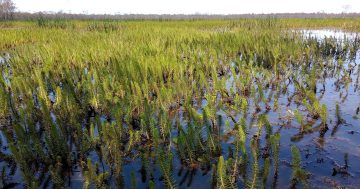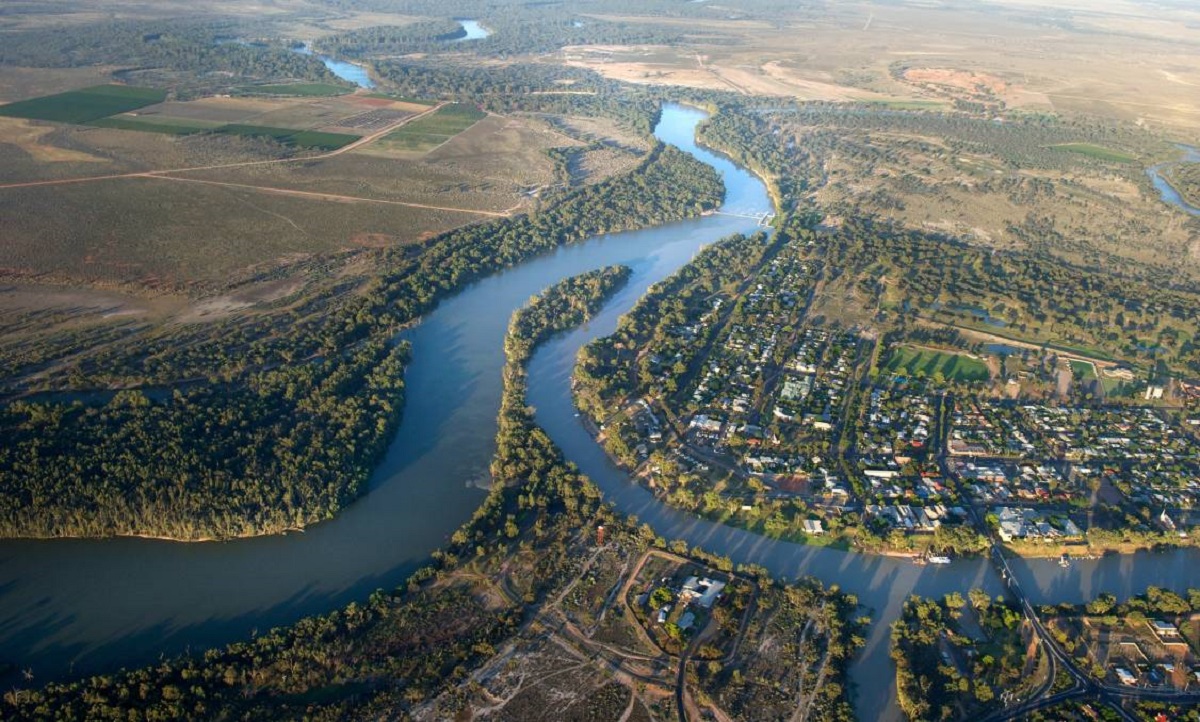
The confluence of the Darling (right) and Murray rivers at Wentworth in NSW. Photo: Murray-Darling Basin Plan.
The goal to deliver the ambitious Murray-Darling Basin Plan to recover 450 gigalitres (GL) of water by June 2024 is unachievable, the Federal Government has conceded. Instead, it has deferred it until the end of 2027.
Federal Environment Minister Tanya Plibersek said in a release on 22 August, the Federal, NSW, South Australia, Queensland and ACT governments had signed onto a revised agreement, but Victoria had not.
The basin covers about a million square kilometres of south-eastern Australia, from southern Queensland, through most of NSW and the ACT, northern Victoria, and south-eastern South Australia. Apart from the Murray and Darling rivers, other major tributaries to the basin include the Maranoa, Condamine, Moonie, Warrego, Paroo, Barwon, Macintyre, Macquarie, Bogan, Gwydir, Lachlan, Edwards, Goulburn, and Loddon rivers.
The Murray-Darling Basin Plan was devised by the Gillard Labor Government and implemented in 2012 to manage the basin as a whole connected system by returning it to a healthier and sustainable level while continuing to support farming and other industries.
It took into account the social and economic impact of reducing the amount of water available to communities, farmers and business, and worked to achieve a balance between water users and the environment.
Despite receiving bipartisan support in November 2012, more than a decade later the current government said Murray-Darling Basin communities had been “let down by the previous government”, and rather than deliver on it, had “waged a decade-long guerrilla war against the plan”.
“Australia is facing an environmental emergency,” Minister Plibersek said. “The Murray-Darling pumps life into the heartland of our country.
“If we don’t act now to preserve it, our Basin towns will be unprepared for drought, our native animals will face the threat of extinction, our river ecosystems will risk environmental collapse, and our food and fibre production will be insecure and unsustainable.”
She said the revised deadline would see some changes made to the plan, including more time to deliver the remaining water, including the recovery of the 450GL for the environment by 31 December 2027, more options and funding to deliver the remaining water, and more accountability for all Murray-Darling Basin governments to deliver on their obligations.
“Our government made a commitment to deliver the Murray-Darling Basin Plan in full and that’s exactly what we are doing,” Ms Plibersek said.
“Reaching this agreement has not been easy. It took co-operation from Basin ministers, with a shared understanding of the urgency we all face. We don’t want Australians to wake up one day with a dead river system and find out their governments could’ve stopped it.”

The vast Murray-Darling Basin covers about one million square kilometres. Image: Murray-Darling Basin Plan.
Victoria’s rejection of the plan, due to the use of buybacks as a method of water recovery, means it will miss out on some of the federal funding.
But Ms Plibersek said her door was always open and hoped the Andrews Government would eventually sign on.
ACT Water Minster Shane Rattenbury welcomed the agreement.
“Like so many Australians, I want to see a healthy Murray-Darling River system that supports a diversity of life, restores significant ecological and cultural sites and demonstrates what can be achieved through collaboration and world-leading environmental stewardship,” he said.
“The lack of meaningful progress over the past decade has been deeply frustrating and disappointing, especially for those living alongside the river and for First Nations peoples with an ongoing connection to these lands and waters.”
But not everyone is onboard with the new plan. In a 3 July submission to the minister, the National Farmers’ Federation said water buybacks had resulted in “detrimental effects” including “lost jobs, the collapse of small towns, and the demise of many farming businesses”.
It said “despite recent floods, the anticipated benefits for some environmental assets have not been realised [which] raises concerns about the effectiveness of the limited current management options in delivering desired results”.
The Nationals’ Federal Member for Riverina, Michael McCormack went further, describing the new plan as “disastrous” for river communities, farmers and the environment. “It makes no sense at all,” he said in a 23 August release. “How is it even possible to deliver the plan without one of the major states being included?”
Conversely, the Greens are calling for more to be done.
“Years of rorts, water theft and delays under the Liberal-Nationals had left our precious river in a precarious position,” Greens South Australian Senator Sarah Hanson-Young said in a 25 July release. “The Albanese Government had promised to deliver the Murray-Darling Basin Plan on time and in full. We need a plan for action, not a plan for delay to save the Murray-Darling.”
Legislation for the revised plan and accompanying amendments to the Water Act 2007 is expected to be introduced to Parliament during the next sitting period.
Original Article published by Andrew McLaughlin on Riotact.






